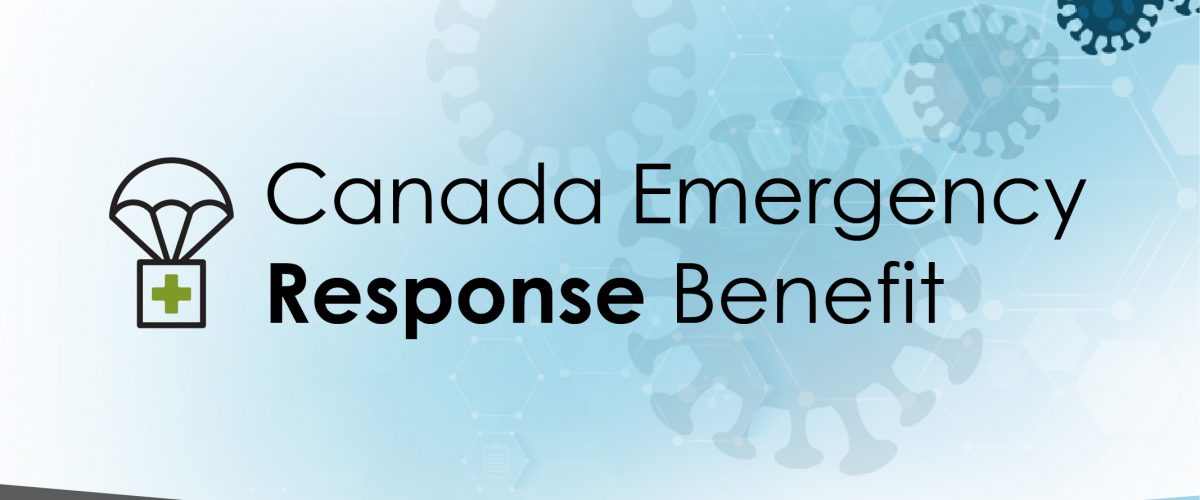Over the last couple of weeks the federal government has made announcements about benefits available through the EI program for workers. Until recently, workers could access, in addition to regular benefits, the EI Sickness Benefit and the Emergency Care Benefit. These two programs have now been merged into the Canada Emergency Response Benefit.
The Canada Emergency Response Benefit will be available April 6, 2020, and for 16 weeks all new claims will be processed through the CERB, after which benefits will be paid under regular EI benefits.
To apply, a person must meet the following criteria;
- A person must have earned at least $ 5,000 in the previous 12 months or the 2019 tax year and has lost employment due to COVID-19
- A person’s lay-off is related directly or indirectly to the pandemic
- A person is sick with COVID-19
- An individual who is home looking after children and is without pay, or is looking after children due to school and/or daycare closures
- A person is caring for a sick family member or is in quarantine
- A person is experiencing a mental health issue due to the pandemic
- No obligation to report bi-weekly, but an individual must provide proof that for seven (7) consecutive days out of fourteen (14) an individual was
If a person is currently receiving EI or EI Sickness benefits, those payments will not be discontinued. The CERB is paid out for 16 weeks, and if still unemployed, the individual will automatically begin receiving EI regular benefits, if they are still unemployed.
If an individual has a pending application, they do not need to re-apply.
Note that unlike the EI regular benefit, a person is not allowed to hold other employment. It’s also not possible to have a top-up.
Workers will not be able to access both streams of payment at the same time. CERB payments are made monthly, up to $ 2,000 taxable income. Payments are expected to begin mid-April and applications open April 6th. Those receiving EI payments will start receiving a flat $ 2,000 amount after April 6th. Those who received more than $2,000 or $ 500 per week, will see a reduction in their next payment, and those who received less than $ 5000 under the EI Regular benefit will see an increase.
To apply, see attached document.
This is a new program and as it rolls out, changes may occur. Please keep up to date and we will issue updates as they become known to us.
For any additional questions, you may reach out to
Heather Kelley hkelley@iamaw.org
Ivana Saula isaula@iamaw.org


